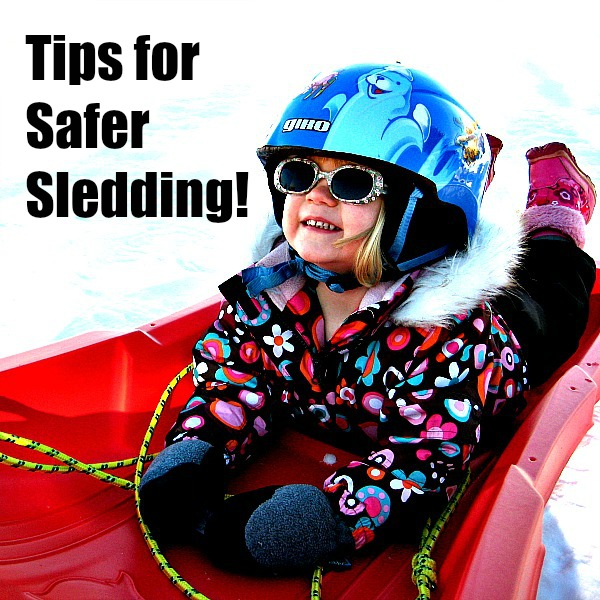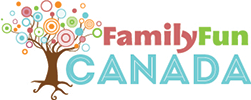
Tobogganing and sledding are classic Canadian winter pursuits and a great way to have free, active fun and get some fresh air during the long cold winter. Unfortunately, sledding causes a number of injuries each year, particularly to children. Nobody wants to see a child injured, but there’s no need to hang up your sleds for good! Most sledding injuries are preventable, resulting from collisions with objects or other sledders. Some information for you, and a little training for your kids, can go a long way toward ensuring a fun and safe experience.
Choose Your Hill
Choose a hill that isn’t too steep and doesn’t have any obstacles, such as benches, fences, ditches, creeks, poles, trees, parking lots or roads at the bottom. Ensure the hill is relatively smooth without rocks, holes, trees or other hazards on the slope. Check it out each time you go sledding, just in case new obstacles have appeared since your last visit. Avoid sledding when conditions are very icy.
Sleds can travel a surprisingly long distance, so pick a hill with a long clear flat (or slightly uphill) area below it. Never sled at night on a hill that is not extremely well lit.
Some cities have bylaws that prohibit sledding except in designated locations. Check your own city’s rules and regulations before you head out.
Check Your Equipment
Never use a sled that has broken parts, split wood or plastic, sharp edges or is otherwise in poor condition. Choose sleds that can be steered; disc sleds and tubes cannot easily be controlled. Brakes are a great idea too, but make sure kids know how they work.
Always wear a helmet. Hockey, ski/snowboard, climbing, and bike helmets are all good choices. Set a good example for your kids and protect your very important parental cranium with a helmet too!
As with any winter activity, know what temperatures to expect (including windchill), and dress appropriately. When you’re outside, watch everyone for signs of frostnip/frostbite (skin begins to turn from pink to yellow or white and then waxy, hard and numb), paying particular attention to any exposed skin, plus fingers, and toes. If anyone gets too cold (or very small children get fussy but can’t say why), head inside for a break (and a hot chocolate!). If it’s bright and sunny, remember your sunglasses or tinted ski goggles. Avoid any clothing that could cause strangulation, such as long scarves or drawstrings.
Teach Your Children
When you get to the hill, stop and have a quick safety chat. Remind your kids to slide down the middle of the hill, and move quickly out of the way at the bottom. Explain that they must let the person in front get down the hill and out of the way before start sliding, and not to slide in groups. Show them where they can safely walk back up the hill and set area boundaries, to keep them away from any nearby hazards. Supervise sledding kids at all times.
Teach your child that the safest positions for sledding are sitting or kneeling on the sled, facing forward, with limbs inside the sled. Discourage your child from sliding backwards (no visibility or steering) or headfirst (increased risk of head injuries).
Teach your child that if she is ever at risk of running into an obstacle (including another sledder), it’s safest to roll sideways off the sled into the snow, rather than collide with an object.
Kids Want to Take it to the Next Level?
Some kids are natural-born thrill seekers and will want to start engaging in risky sledding behaviours once they have the basics mastered. Indulge their need for speed in a regulated (and generally awesome!) setting, with a trip to a snow tubing park. A few fun tube parks across Canada:
- Grouse Mountain Tube Park (BC)
- WinSport Acura Tube Park (AB)
- Mount Norquay Tube Park (AB)
- Table Mountain Regional Park (SK)
- Chicopee Tube Park (ON)
- Valcartier Village (QC)
Now get your gear on, get the family out into that beautiful snow and get sliding!



